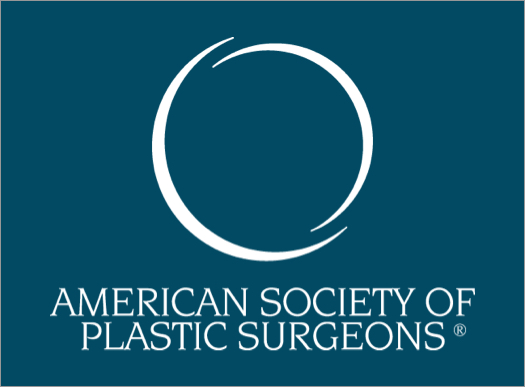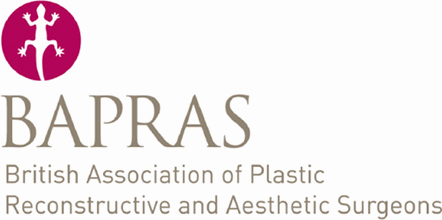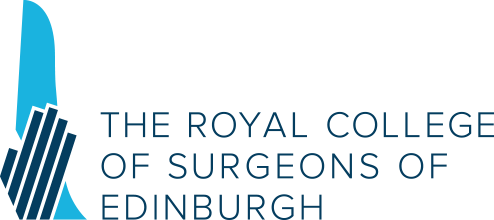Liposuction (Liposculpture)
No matter how much you diet and exercise, fat in certain places sometimes just won’t budge. Surgeons call this “diet resistant fat”. Liposuction is a surgical procedure for removing these pockets of fat in specific areas. Common areas treated by liposuction include the tummy, hips, buttocks, thighs, knees, neck and breasts in males (gynaecomastia).
Liposuction works best for people who are normal or near normal body weight with firm, elastic skin. Whilst age is not a major issue, older patients generally have less skin elasticity. As a result, there is a greater risk that any small dents or wrinkles in the skin would still be there even after the most careful treatment.
The procedure can be performed as a single procedure or in combination with other cosmetic procedures e.g. liposuction may be performed at the same time as a tummy tuck (abdominoplasty) to improve the overall result.
What does the surgery involve?
What are the risks and side effects of surgery?
Having cosmetic surgery can be a very positive experience. Complications are infrequent and usually minor. However, no surgery is without risk and it is important that you are given a clear picture.
Scar – scars are very small and hidden in a skin crease. They should be barely perceptible. However some people heal with thick scars and this can make them more noticeable.
Bruising and swelling – this is very common and bruising may take a few of weeks to settle.
Infection – this is rare but may require a course of antibiotics.
Contour irregularities – it is possible to have indentations or laxity of the skin following this procedure. Massaging should resolve this but occasional further surgery may be required to correct this.
Further liposuction – this may be necessary to give the desired result. Only a certain amount of fat is removed at one operation (4-5 litres). To take more than 4 litres of fat at one session can put you at risk of fluid shifts and blood loss. If you desire more liposuction then a second procedure gives the flexibility to add this.
Damage to internal structures – liposuction is performed in the superficial layer of fat underneath the skin. As the cannulae are blunt they are very unlikely to damage any important structures. However if there is a hernia or weakness of the abdomen then it is possible to damage structures. However, this is very unlikely.
DVT/PE/fat embolus – following any surgical procedure it is possible to develop a blood clot in your legs, which could potentially break off and move to your lungs. If the blood clot is large enough it could prove fatal. In order to reduce any risks of this we give you special stockings to wear in bed and a blood thinning injection if you are not mobile.
All the risks will be discussed in detail at your consultation. However, if you have further questions or concerns, do not hesitate to discuss this me. Decisions about cosmetic surgery should never be rushed.
What happens after the operation?
At the end of the procedure, a compression garment will be applied to the area to help the skin conform to the new shape. The hospital will supply the compression as well as a spare one so you can wash and get into a fresh garment.
As long as you are feeling well after the operation, you will be able to go home. You will not be able to drive yourself home from hospital and ideally, you should have someone stay for a few days to assist you.
After the operation, you will be advised to wear your elastic garment for 4 weeks.
Before you leave the hospital, a follow up appointment will be booked with the nurse for 1 week and an appointment with me for 6 weeks or sooner should you have any problems.
What is the estimated time for recovery, absence from work and return to usual activities?
Recovery times vary from one person to another but most patients take 1 -2 weeks off work. You can drive after 1-2 weeks and can return to normal activities by 4 weeks. If you have any concerns during this period, do contact the hospital team for advice.
How much does the surgery cost?
Liposuction Compression Garment (PDF)
Pre and Post-Operation Instructions (PDF)

I hope you find this information useful. If you have any questions or require a little more information then please do not hesitate to contact me.











